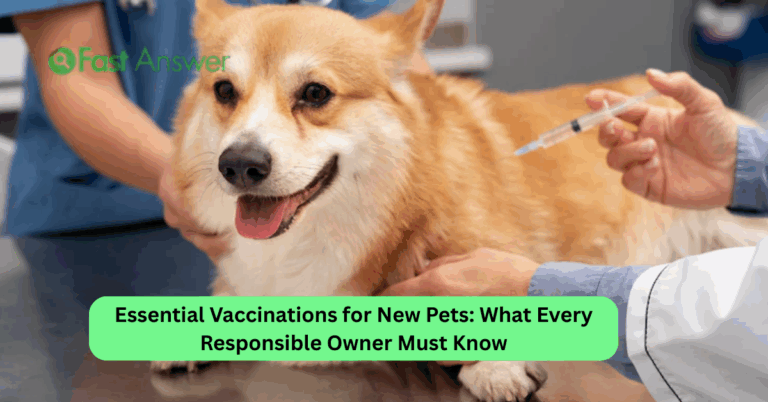Benefits of Raw Food Diet for Pets: Is It the Right Choice for Your Furry Friend?
The raw food diet for pets has been gaining attention among pet owners who want to offer their companions a more natural, biologically appropriate way of eating. Modeled after what animals might eat in the wild, this diet typically includes raw meat, bones, fruits, and vegetables. Advocates claim it offers numerous health benefits, from shinier coats to better digestion and increased energy. But is it really the best choice for your pet? In this article, we’ll break down the benefits of raw food diets for pets and help you decide whether this feeding style aligns with your animal’s needs and lifestyle.
Healthier Skin, Shinier Coats, and Fewer Allergies
One of the most visible benefits of a raw food diet is the dramatic improvement in coat and skin health. Many pet owners report that within a few weeks of switching to raw feeding, their dogs or cats develop glossier fur and less itchy, irritated skin. This may be due to the absence of processed fillers and the higher presence of naturally occurring fats and oils in raw meat.
In addition to a healthier appearance, many pets with chronic allergies often triggered by grains or additives in commercial kibble experience relief on a raw diet. The simplified, grain-free nature of raw feeding can help reduce inflammatory responses, itching, and gastrointestinal sensitivities. For pets with recurring hot spots or dry, flaky skin, this diet could offer a noticeable turnaround.
Improved Digestion and Smaller, Firmer Stools
Feeding raw can significantly enhance your pet’s digestion. Raw diets are often more easily broken down by a pet’s digestive system because they more closely resemble what animals have evolved to eat. Since these foods are rich in natural enzymes and moisture, they can reduce the likelihood of bloating, gas, and constipation.
One side effect many raw feeders notice is the change in their pet’s stool. It becomes smaller, firmer, and less odorous—indicating that more nutrients are being absorbed and less waste is being expelled. This improved efficiency can be especially beneficial for pets with sensitive stomachs or irritable bowel issues. In cats, you might also observe less vomiting of hairballs due to healthier digestion and hydration.
Stronger Teeth, Healthier Gums, and Better Breath
Dental health is another commonly touted benefit of a raw food diet. Chewing on raw meaty bones can naturally clean your pet’s teeth by scraping off plaque and tartar without the need for artificial dental treats or frequent vet cleanings. This chewing activity also strengthens the jaw and keeps the gums stimulated and healthy.
In addition, the lack of carbohydrates and sugars often present in dry kibble means there’s less residue left behind in the mouth, reducing the risk of bacterial buildup and bad breath. Over time, pets fed a raw diet may experience fewer dental issues and improved oral hygiene, saving owners both stress and veterinary costs.
Increased Energy and Leaner Muscle Mass
Pets on a raw food diet often show noticeable improvements in energy levels, muscle tone, and overall vitality. This is likely because raw diets offer high-quality protein and natural fats that fuel your pet more efficiently than processed food. The result is better stamina, more enthusiasm for play, and quicker recovery from activity.
Lean muscle mass is also easier to maintain when your pet isn’t consuming excess carbs or fillers. Active dogs and cats benefit from this improved physical conditioning, and older pets may experience renewed vigor when switching from commercial to raw food. With proper portion control, raw diets can help manage weight while still providing full nutritional support.
Enhanced Immune Function and Fewer Vet Visits
Feeding a raw diet may also give your pet’s immune system a significant boost. Because raw foods contain natural vitamins, minerals, and enzymes in their most bioavailable forms, pets can better absorb and utilize these nutrients. This leads to a more robust immune response and greater resistance to common illnesses.
Over time, many raw-fed pets tend to require fewer trips to the vet. Pet owners report a decrease in ear infections, skin problems, and digestive disorders. While no diet can completely eliminate the need for veterinary care, a nutrient-rich, raw feeding regimen may reduce the frequency of health issues caused or exacerbated by processed diets.
FAQs About the Raw Food Diet for Pets
1. Is a raw food diet safe for all pets?
Not always. Pets with compromised immune systems or certain medical conditions may not tolerate raw food well. It’s essential to consult your vet before switching diets.
2. What should I include in a balanced raw diet?
A complete raw diet typically includes muscle meat, raw meaty bones, organs, and small amounts of vegetables or fruits. Balance is key to avoiding nutritional deficiencies.
3. Can I feed both raw and kibble?
It’s not recommended to mix raw and kibble in the same meal due to differences in digestion speed. If you transition, do it gradually and feed them in separate meals.
4. Are there risks of bacteria in raw meat?
Yes, but healthy pets usually handle it well. Practice safe handling, store meat properly, and clean food areas regularly to minimize risk.
5. Is a raw diet more expensive than commercial food?
It can be, especially if using human-grade ingredients. However, many pet owners consider the health benefits and reduced vet costs to be worth the investment.





